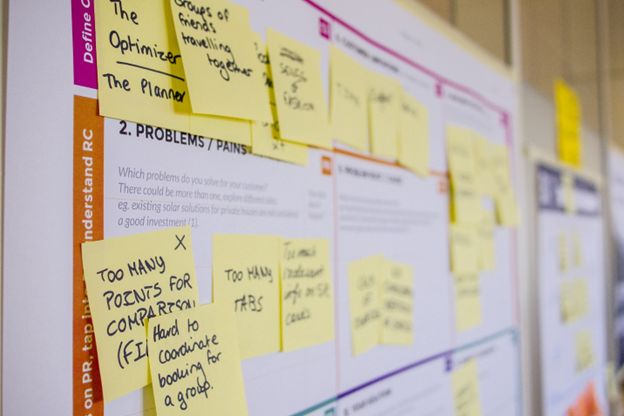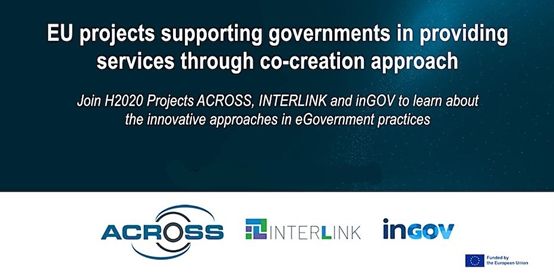EIF and EIRA workshops for inGOV project members
On March 9 and March 10, we attended intensive and detailed EIF and EIRA workshops. While some of our consortium members already had some EIF and EIRA experience and knowledge, those topics were something new and exciting for a large number of us.
T hanks to Dr. Raul M. Abril, we were able to attend a two-day workshop. IOP Academy Introductory course on EIF and EIRA was well-received. It was organized by our two consortium members – KUL (Belgium) and RIDE Technologies (Croatia).
EIRA (European Interoperability Reference Architecture) and EIF (European Interoperability Framework) are relevant to our inGOV projects since one of our goals is to develop principles, frameworks, and technologies. However, we want to ensure that they are interoperable and follow the best practices.
This is where EIRA and EIF are useful.
As it was outlined on the official EIRA website, “The modernisation of public administrations, fostered by technological advancements, leads to a rapidly growing amount of information exchanges between public administrations (across borders and sectors). To facilitate these information exchanges, the need for interoperability in Europe is higher than ever. Solution developers in all domains of the public sector often deem interoperability and reusability essential to a solution design. ”
EIRA aims to provide those principles, templates, and guidelines.
Similarly, as it is seen on the EIF website – “(…) offers public administrations 47 concrete recommendations on how to improve governance of their interoperability activities, establish cross-organisational relationships, streamline processes supporting end-to-end digital services, and ensure that both existing and new legislation do not compromise interoperability efforts. ”
Dr. Raul M. Abril guided us and helped us navigate complex landscapes of EIRA and EIF, making them more concrete and understandable to all our project members.
As we embark on our inGOV journey, we will find ourselves dealing with EIF and EIRA while building the future of integrated public services within the European Union. Follow us on that road, and stay tuned to our blog for more updates!
Show similar posts
inGOV Final validation workshop highlighted key results, emphasizing citizen co-creation in public services
inGOV final validation workshop was held online on 30/11/2023 and several inGOV partners presented their key results within the project
EU Projects 4 eGOV – ACROSS, Interlink & inGOV Joint Webinar
inGOV actively participated in the “EU Projects 4 eGOV - ACROSS, Interlink & inGOV Joint Webinar” on December 6th, organized by the ACROSS project.
inGOV presentation at OTS forum 2023
Prof. Efthimios Tambouris gave an invited presentation titled “Exploitation of emerging technologies towards the digital transformation of the public sector” at 15th OTS forum.


